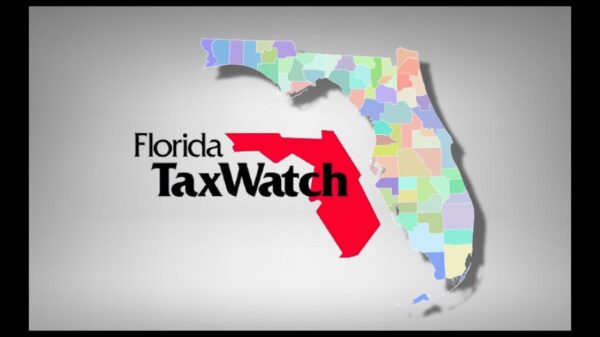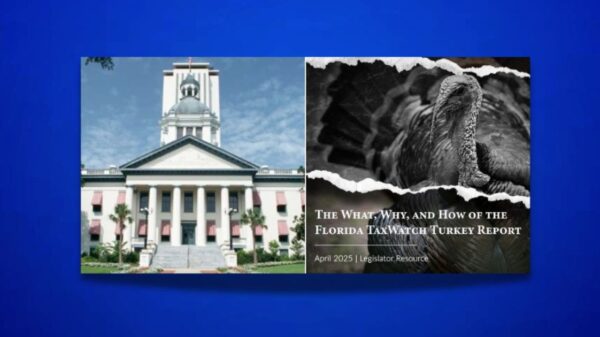This week, Florida TaxWatch (FTW) released the “2023 How Florida Counties Compare” report, which examines Florida’s 67 counties and the myriad of local governments within the state, comparing the revenue and expenditure profiles of counties to give taxpayers an overview of how their local government stacks up against the other counties.
Florida TaxWatch President and CEO Dominic Calabro weighed in on the report.
“The state of Florida relies heavily on local governments to provide services to its residents, with the state’s counties, cities, school districts and special districts raising and spending more money combined than the state government. Since local taxing and spending heavily contributes to state government operations, it is important for taxpayers, policymakers, and elected officials to understand how levels of taxing and spending vary in different jurisdictions across the state,” Calabro said. “At Florida TaxWatch, we hope this year’s ‘How Counties Compare’ guide will serve as a helpful resource for understanding the cost of local governments, and how those costs stack up against other localities across Florida. This report provides useful information for hard-working Floridians, so they will have the information necessary to make assessments of the government they pay for and consider what’s best for themselves and their families.”
More than half of all Florida government revenue (54.6 percent) is raised at the local level, the largest share in the nation. Florida’s 67 county governments, more than 400 municipal governments, and approximately 1,300 independent special districts spend more than $137 billion annually.
The following are additional findings outlined in FTW’s report relating to property taxes, local option sales taxes (and the motor fuel tax in particular), and population and income:
Property Taxes
Walton County has the highest per capita property tax levies, totaling $4,096.06 in the fiscal year (FY) 2022-23. Union County’s property tax levies were the lowest at $355.53 that same year. The statewide average was $2,013.47.
Since 2012, growth in total property tax levies has been the highest in Walton County at 201.2 percent and the lowest in Washington County at 7.3 percent.
Statewide growth in property tax levies has been significant, particularly over the last 15 years. From FY 2007-08 to FY 2022-23, the statewide average rose 44.6 percent.
Local Option Sales Taxes/Motor Fuel Tax
With Florida’s general sales tax rate at six percent, local governments levy an additional local option sales taxes ranging from 0.5 to 1.5 percent. Monroe County has the highest per capita local option sales tax revenue, totaling $960.91 in FY 2021-22. Union County’s local option sales tax revenue was the lowest at $45.49 (aside from Citrus County, which is the only county without a local option sales tax). The statewide average was $203.09.
In FY 2021-22, per capita local option motor fuel tax revenue was highest in Hamilton County at $259.43 and lowest in Pinellas County at $27.18. The statewide average was $44.85.
Population and Income
Miami-Dade County has the highest population, recorded at 2,757,592 in April 2022. Lafayette County’s population was the lowest at 7,808. The statewide total was 22,276,132.
In 2021, per capita county personal income was highest in Collier County at $117,984 and lowest in Union County at $25,293. The statewide average was $62,270.
As of February 2023, Monroe County has the lowest unemployment rate at 1.6 percent and Sumter County has the highest at 3.8 percent. The statewide average is 2.5 percent.























